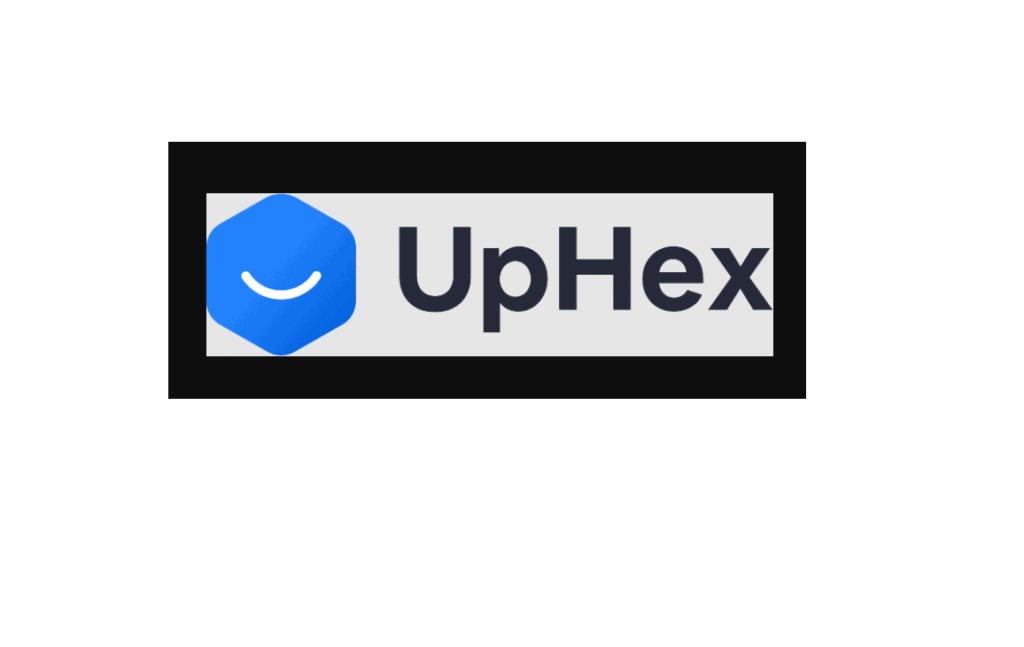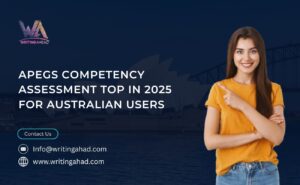Are you pouring money into Facebook Lead Generation Ads, only to be frustrated by a flood of unqualified contacts? You’re not alone. Many businesses fall into the trap of prioritizing volume over quality, ending up with leads that waste sales team time, never convert, and ultimately deplete marketing budgets.
The good news? Facebook Lead Ads, when done right, can be an incredibly powerful tool for acquiring high-intent prospects. The key lies in shifting your focus from simply generating leads to generating qualified leads.
Here’s how to master your lead quality and make your Facebook Lead Generation Ads truly work for you:
Why Poor Lead Quality Happens (and How to Fix It)
Before diving into solutions, let’s understand the common culprits behind low-quality leads:
- Too Broad Targeting: You’re reaching too many people who aren’t your ideal customer.
- Vague or Undemanding Offers: Your freebie or download is too easy to get, attracting anyone with a fleeting interest.
- Simplistic Lead Forms: Requiring only an email address and name makes it too easy for accidental clicks or low-intent sign-ups.
- Lack of Qualification in Ad Copy/Creative: Your ad isn’t doing enough to pre-qualify prospects before they even click.
Strategies for Better Lead Quality
Now, let’s turn these challenges into opportunities for improvement:
1. Precision Targeting: Speak Only to Your Ideal Customer
Your audience is the foundation of quality.
- Deep Dive into Demographics & Interests: Go beyond basic age and location. What are your ideal customers’ specific interests, professional roles, behaviors, and challenges? Use detailed targeting options to create narrow, highly relevant audiences.
- Leverage Custom Audiences:
- Website Visitors: Target people who have already shown interest by visiting specific pages on your website (e.g., pricing page, service pages).
- Customer Lists: Upload your existing customer list to create a highly engaged audience. These are likely to convert or be perfect for lookalike creation.
- Engagers: Target people who have engaged with your Facebook or Instagram page, videos, or posts.
- Refine Lookalike Audiences: Instead of creating a lookalike audience from all your website visitors or all your previous leads, create one based on your best customers or most qualified leads. This tells Facebook to find more people like your high-value contacts.
- Utilize Exclusions: Exclude current customers (if the offer isn’t for them), irrelevant demographics, or even custom lists of known unqualified leads to save ad spend.
2. Qualify with Ad Copy & Creative
Your ad itself is the first filter. Use it to pre-qualify prospects.
- Qualifying Language in Copy: Clearly state who your offer is for (and implicitly, who it’s not for). Use phrases like:
- “Are you a small business owner struggling with X?”
- “Designed for B2B marketers looking to achieve Y.”
- “Only for agencies seeking to scale their client acquisition.”
- Address Specific Pain Points: Focus your copy on the precise problem your ideal customer faces and how your offer solves it. This deters those who don’t have that particular pain.
- Strong, Relevant Visuals: Use high-quality images or videos that resonate with your target audience and visually represent the value of your offer. If your offer is for professionals, don’t use a stock photo of teenagers.
- Clear Call to Action (CTA): Beyond “Learn More,” use CTAs that reflect the specific offer, like “Download Guide,” “Get Your Free Quote,” or “Register for Webinar.” This sets a clear expectation.
3. Optimize Your Offer/Value Proposition
The perceived value of your lead magnet directly impacts lead quality.
- Make it High-Value: Generic “free guides” or “checklists” often attract tire-kickers. Offer something with higher perceived value – an in-depth report, a personalized audit, a comprehensive toolkit, an exclusive webinar, or a specific discount for a qualified service.
- Align with Sales Funnel Stage:
- Top-of-funnel (awareness): Educational content (eBooks, webinars).
- Middle-of-funnel (consideration): Case studies, templates, personalized assessments.
- Bottom-of-funnel (decision): Free trials, consultations, demos, quotes.
- Solve a Specific Problem: The more niche and problem-solving your offer is, the more likely you are to attract people genuinely interested in that solution.
4. Strategically Design Your Lead Form
This is where you implement the most direct qualification.
- Go Beyond Default Fields: While Facebook pre-fills name and email, add custom questions that act as qualifiers.
- Use Custom Questions Wisely:
- Multiple Choice: Helps standardize answers and makes it easier for users. Ask about budget, timeline, company size, industry, or specific needs.
- Conditional Logic (if available): If a user answers “no” to a key qualifying question, you can simply thank them and end the form, preventing unqualified leads from submitting.
- Short Answer ( sparingly): Use for specific, critical information that can’t be multiple choice (e.g., “What is your biggest challenge with X?”). Avoid too many open-ended questions, as they increase friction.
- Add a Context Card: This is an optional step before the form itself. Use it to reiterate the offer, set expectations, and provide additional qualifying information. It acts as a final barrier for low-intent users.
- Privacy Policy: Always link to your privacy policy to build trust and ensure compliance.
5. Implement Speedy Post-Lead Follow-Up
Even the most qualified lead can go cold quickly.
- Integrate Your CRM: Connect your Facebook Lead Ads directly to your CRM (e.g., HubSpot, Salesforce, Zoho) using native integrations or tools like Zapier. This ensures leads are captured instantly and routed correctly.
- Automated Welcome/Nurture Sequence: Set up immediate email or SMS sequences. This can deliver the promised asset, set expectations for a follow-up call, and begin nurturing the lead.
- Immediate Sales Team Alerts: If the lead is sales-ready, ensure your sales team is notified instantly. The optimal follow-up time is often within the first 5-10 minutes.
- Lead Scoring: Implement a lead scoring system in your CRM to prioritize follow-ups for the highest-quality leads.
6. A/B Test and Iterate Relentlessly
Optimizing lead quality is an ongoing process.
- Test Everything: Experiment with different ad creatives, copy variations, audience segments, offer types, and — crucially — lead form questions.
- Monitor Beyond CPR (Cost Per Result): While CPR is important, focus on Cost Per Qualified Lead (CPQL) or even Cost Per Acquisition (CPA) if you can track it back to the ad. Your goal isn’t just cheap leads; it’s cheap good leads.
- Analyze Lead-to-Conversion Rates: Work closely with your sales team. Which ad sets, audiences, or offers are producing leads that actually close? Learn from this data and pivot your strategy.
- Use Facebook’s Reporting & Your CRM: Combine insights from Facebook Ads Manager (demographics of converters) with your CRM data (lead source, deal stage, revenue generated).
The Payoff: Quality Over Quantity
By implementing these strategies, you’ll shift from a quantity-over-quality mindset to one that prioritizes genuine interest and fit. While your lead volume might initially decrease, the quality — and ultimately, your conversion rates and ROI — will skyrocket.
Stop chasing every potential lead. Start attracting the right leads. Mastering your Facebook Lead Ad quality isn’t just about saving money; it’s about building a sustainable pipeline of truly valuable customers.
- highlevel ai ad manager GoHighLevel ads manager
- highlevel ai ad manager GoHighLevel ads manager gohighlevel Local Lead Generation generate leads for local business facebook lead generation ads Launch Facebook Ads
- Facebook Lead Generation Ads
Related posts:
 Nutrition and Wellness Programs in Assisted Living Communities in Oakville
Nutrition and Wellness Programs in Assisted Living Communities in Oakville
 Welcome to Oasis Fitness: Your Path to Strength, Balance, and Renewal
Welcome to Oasis Fitness: Your Path to Strength, Balance, and Renewal
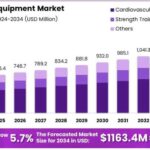 Aqua Gym Equipment Used in Holistic Wellness and Mind-Body Programs
Aqua Gym Equipment Used in Holistic Wellness and Mind-Body Programs
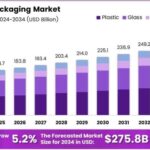 Transparency and Trust Through Beverage Packaging Supports Anti-Counterfeiting Measures
Transparency and Trust Through Beverage Packaging Supports Anti-Counterfeiting Measures
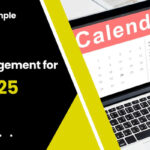 Key Time Management Strategies for Small Business Owners and Freelancers in 2025
Key Time Management Strategies for Small Business Owners and Freelancers in 2025
 Inexpensive Yard Fences: Budget-Friendly Ideas for a Beautiful, Secure Outdoor Space
Inexpensive Yard Fences: Budget-Friendly Ideas for a Beautiful, Secure Outdoor Space
 Inside the Office Supplies Rebranding Movement in North America
Inside the Office Supplies Rebranding Movement in North America
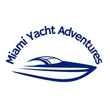 Book a Yacht in Miami for a Luxe Ocean Escape and VIP Experience
Book a Yacht in Miami for a Luxe Ocean Escape and VIP Experience


